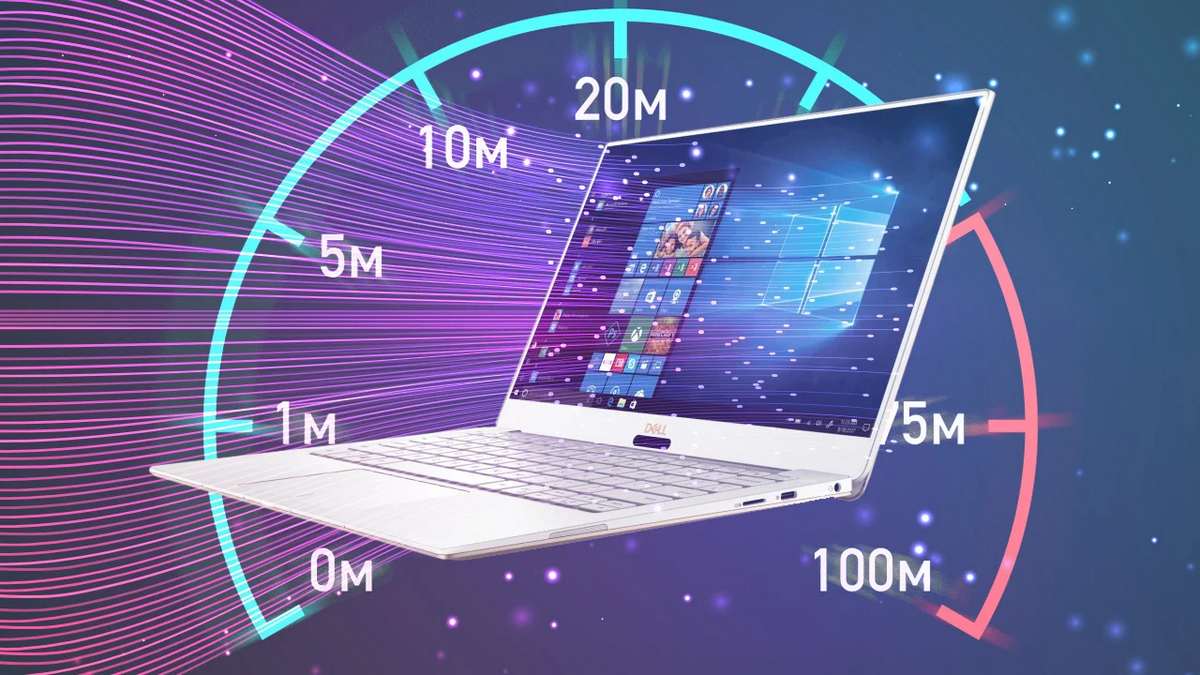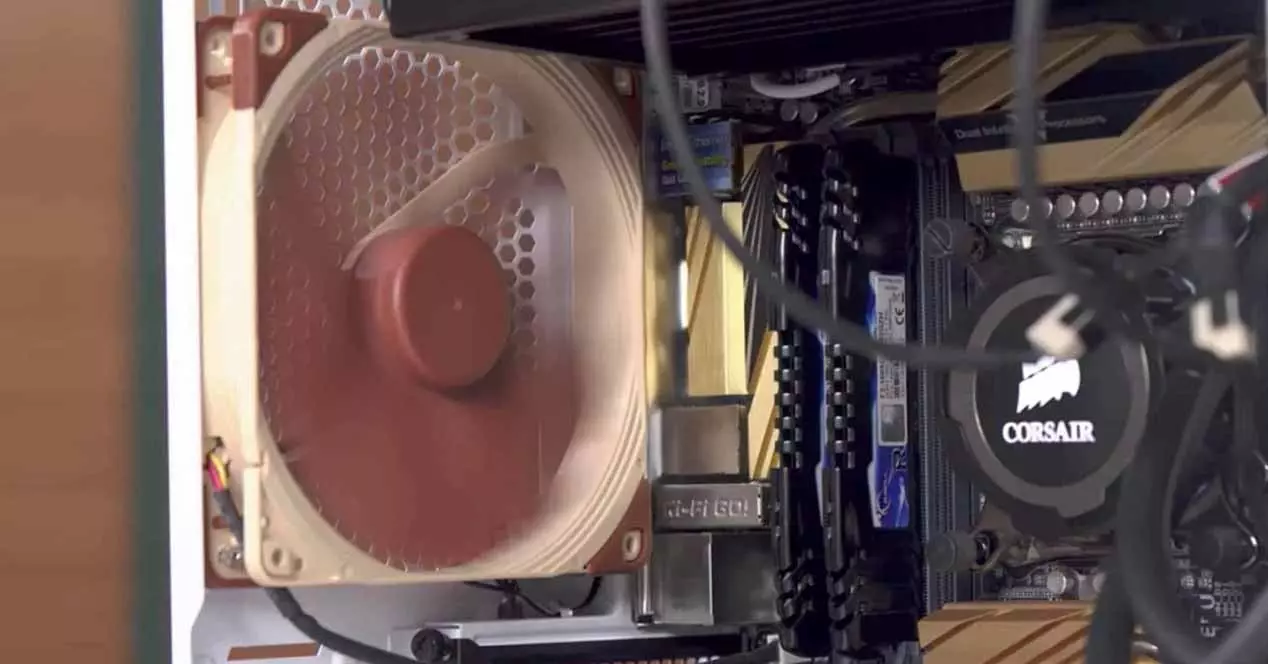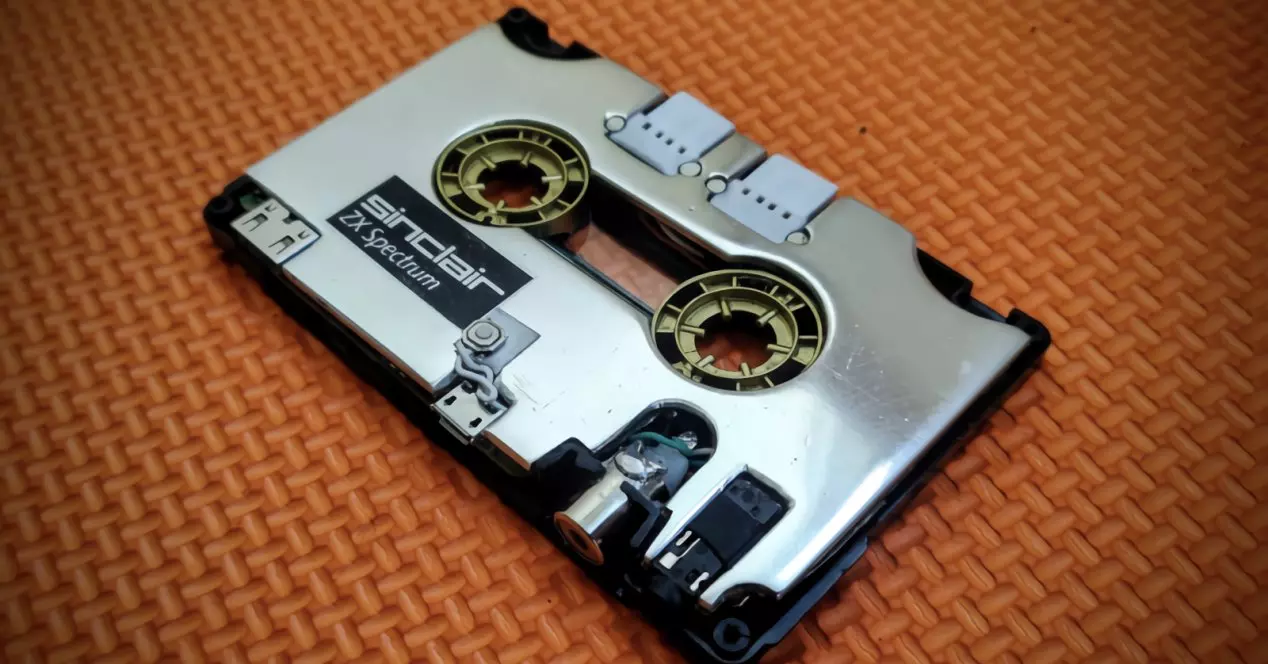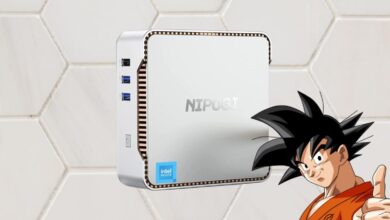
There are no magic programs that, once installed, magically speed up your computer. Time-tested software for cleaning and optimizing the system has a right to life, but without experience, it’s better not to use it. Moreover, all the necessary tools are implemented in one way or another in Windows itself. Here’s how you can speed up your PC, make using any program, gambling at Hellspin, and watching movies faster.
Check Your System for Malware
The first thing to make sure is that your computer is slowed down by non-infiltrated malware – viruses, spyware, miners, and other nasties. We have already published a great material on how to get rid of spyware on your PC, for other malware it is also relevant. The minimum plan is to check the antivirus. The maximum plan, if anti-virus does not help, is to format the drive manually transferring valuable files (preferably via cloud services) and not restoring from backup.
Remember that anti-viruses cannot be downloaded from torrents or just “from the Internet”. They must be purchased from official developers, so that you do not pick up additional unwanted programs. When choosing, pay attention only to time-tested solutions. You can be guided by this list.
Get Rid of Unnecessary Software
The second step is to clean your computer of programs that you do not use. It will not give a direct acceleration, but it will be one of the steps on the way to the goal. The main thing is to remove software correctly. You can’t just move a folder to the Trash and then empty it. The system will continue to believe that the application did not go anywhere, over time you will accumulate a lot of this kind of garbage. The easiest of the right options is to run the program uninstaller from its tab in the Start menu (if there is one) or uninstall through the Settings – Applications – Applications and Features screen. Select the program you want to get rid of and click the “Uninstall” button next to it. Once you’ve removed everything you don’t need, run the “Disk Cleanup” tool built into Windows, which will automatically clean up any “tails”. Just in case: no third-party software for “cleaning and optimization” needs to be found and downloaded!
By the way, you can also get rid of the built-in Windows apps, but it will hardly speed up your computer. But if you don’t have energy to look at OneNote and other unhelpful maps anymore, it is better to do it in the built-in PowerShell tool. First you find it by searching for it, then you type in the command line “Get-AppxPackage -AllUsers | select Name, PackageFullName,NonRemovable” – the whole list of built-in programs will appear. For example, the command to remove OneNote looks like this: “Get-AppxPackage OneNote | Remove-AppxPackage”.
For other apps, instead of OneNote, insert their name without quotes. Keep in mind that some critical system components like the Cortana voice assistant and Microsoft Edge browser cannot be removed. Moreover, deleted system software may come back after the next Windows update.
Clean up the Autorun List
Some programs, once installed, love to build themselves into the autostart list, so that they open automatically as soon as you turn on your PC and log on. It’s not a fact that you need it, but it consumes resources and slows down your computer.
So open “Task Manager” (Alt+Ctrl+Del), go to the “Autorun” tab AND disable the programs you don’t want to automatically load when you log on to Windows. You can get to autoloading settings in another way: press Win+R – type “msconfig” without quotes – “OK”. The “System Configuration” window will open and you should go to the “Autoloading” tab. But most likely, you will again be prompted to go to the Task Manager.
Free up Disk Space
The cause of slow computer operation can be a lack of space in the data storage. The fact is that all the programs you work with use temporary files, and they need somewhere to put them. Ideally, when you have enough RAM to do this, but if suddenly you don’t, the swap file on your HDD or SSD comes into play. If the drive is almost 100% full at this point, the system starts to slow down a lot. So leave at least 1/5 of all available capacity free.
By the way, it is even more important for SSDs than for HDDs, because of the peculiarities of data saving. In SSDs, information is written in memory blocks, which consist of pages. You can delete something from the pages of a block, but to fill this empty space, the drive needs to completely overwrite the entire block. That is, first send all of its content to the cache, and then overwrite it with the data you need to add.
If there are a lot of empty blocks, no problem, but when you run out of them, the SSD’s speed slows down. So storing a bunch of unnecessary “just in case” is not worth it. If you don’t want to part with it, you can move it to an external disk or to the cloud.



